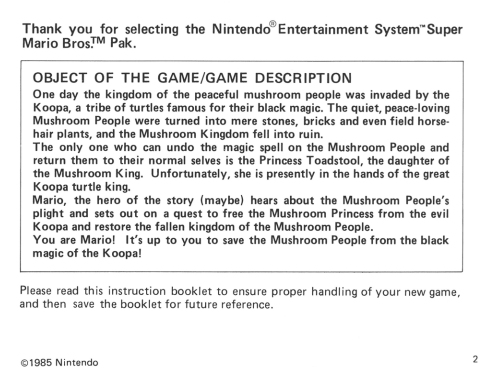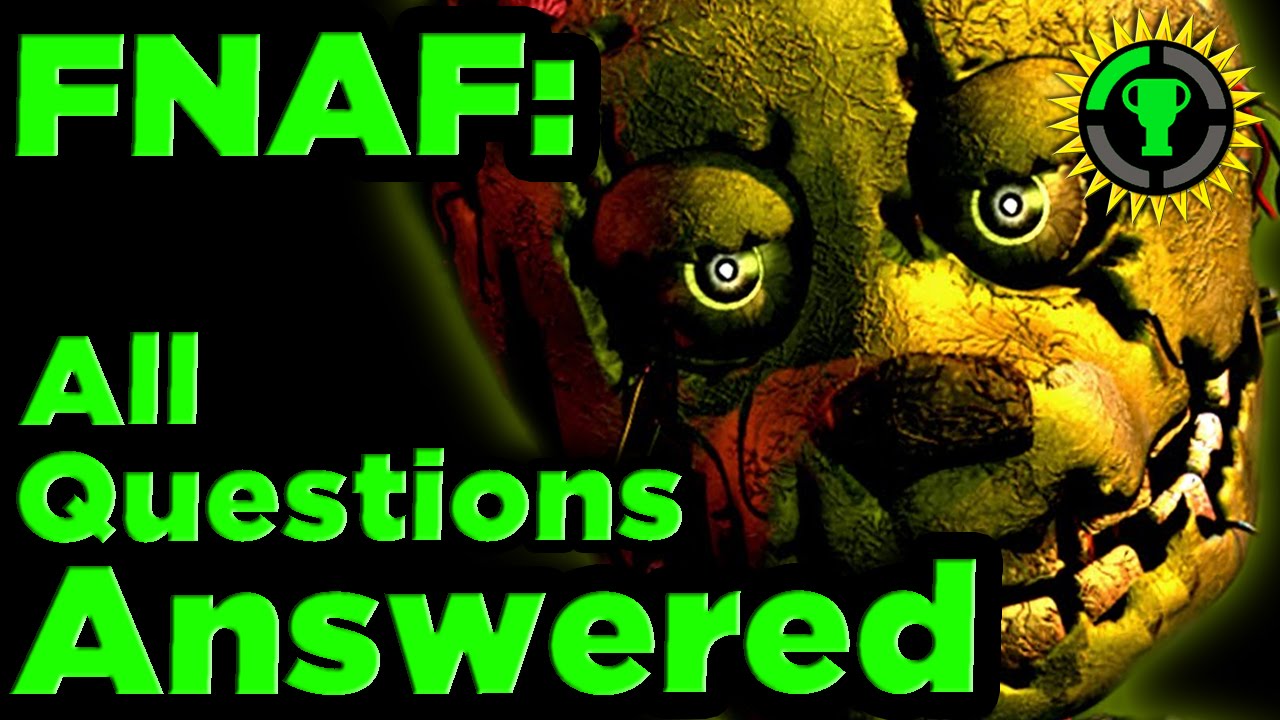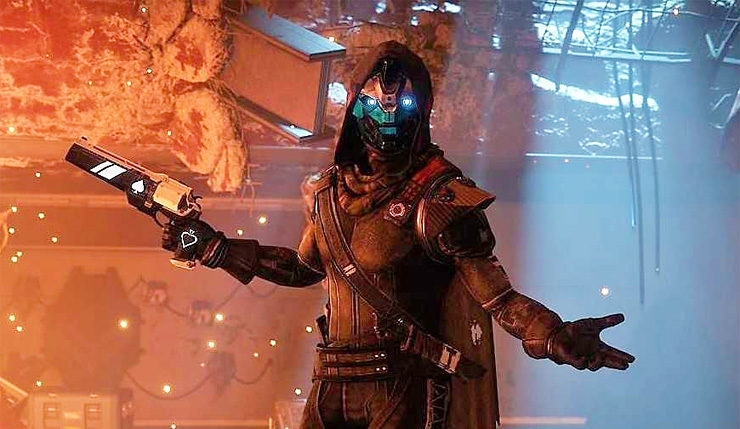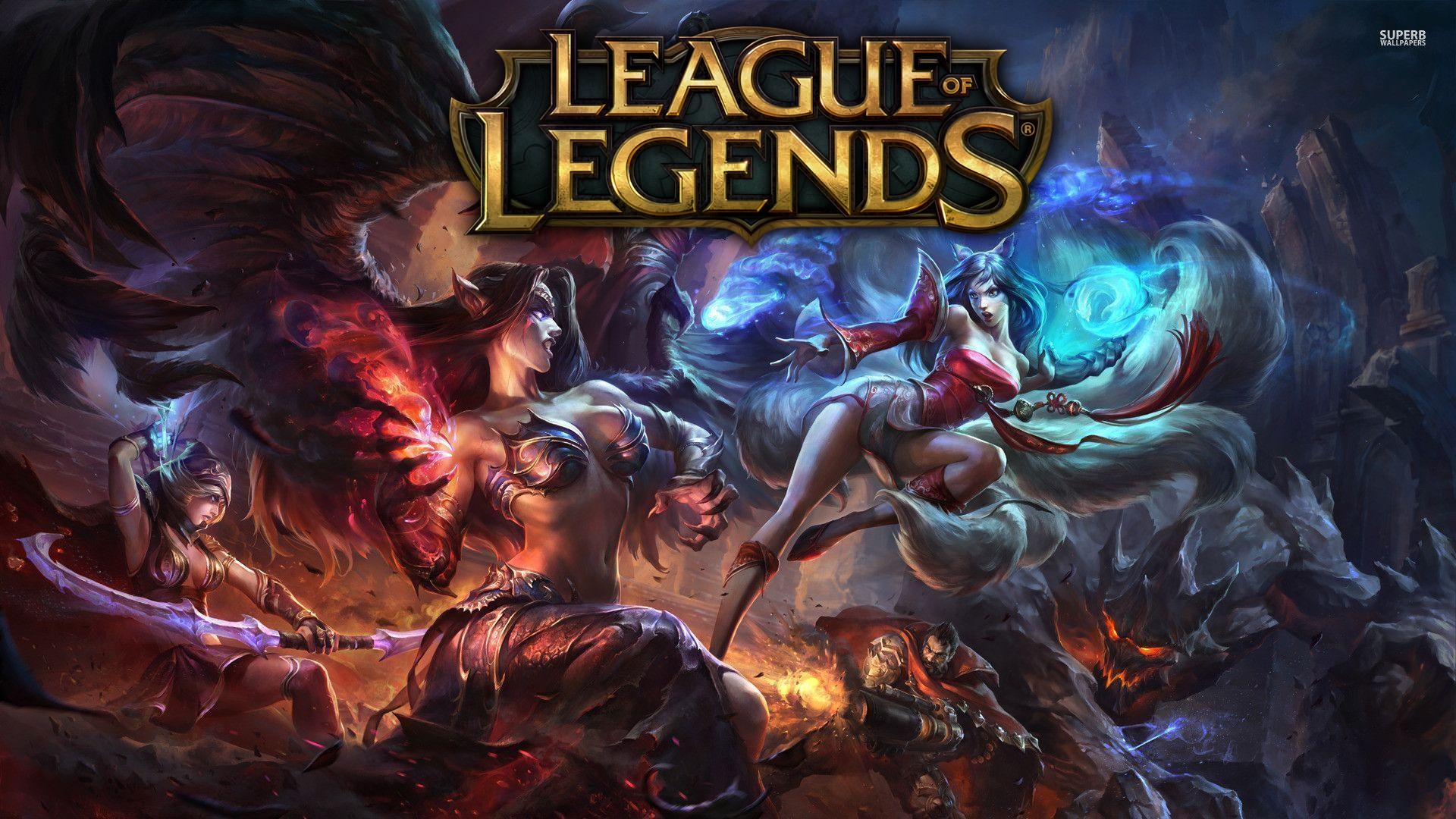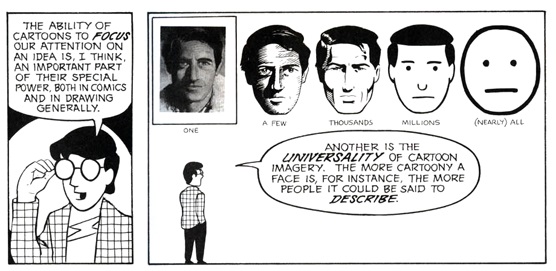From Destiny to Dark Souls: How Devs Gave Up On Good Game Lore
When’s the last time you fell in love with a video game’s story? Many modern game devs have practically given up on providing decent...
Published 3 years ago in Wow
But when did this happen, and more importantly, why? We’re going to take a closer look at how game lore took a serious nosedive over the last two decades.
1
Old School Lore
In old-school games, the lore was mostly contained to the instruction manual. And this ended up being something of a double-edged sword.
On one hand, the relatively short instruction manuals put a hard cap on how much lore they could contain. On the other hand, putting the story in instruction manuals meant that even the simplest games got cool bits of background story.
For example, the instruction manual for Super Mario Bros. identifies that Bowser is a dark wizard who has transformed the Mushroom Kingdom into blocks and plants, and he has kidnapped the princess because she is the only one that can reverse his magic. And the instruction manual for Super Mario Bros. 2 gave you the only real hint that this was all in Mario’s dreams; otherwise, this was a big surprise once you beat the game.
Eventually, instruction manuals became a thing of the past. But arguably, game lore started disintegrating well before that.2
A Bad Hollywood Habit
Video games and Hollywood have often had a symbiotic relationship. Video game devs have often done their best to capture the excitement of movies, sometimes wearing their inspiration pretty openly. For example, the NES Metal Gear cover clearly features Kyle Reese from Terminator--another story about fighting against a nearly unstoppable machine.
However, this means that video game development sometimes copies some bad habits from Hollywood. And one of the worst Hollywood habits arguably started with Star Wars: The Phantom Menace.
No, we’re not talking about Jar-Jar Binks. Instead, we’re talking about how the movie would barely tell us anything about major characters like Darth Maul. Instead, fans were encouraged to go explore books, comics, and basically do extra homework just to get a few crumbs of story.
The game industry soon followed suit, and major titles like Halo: Combat Evolved skipped explaining major characters and events, leaving explanations for tie-in novels. In the case of Cortana, the ambiguity of her initial characterization would later be milked for future game plots.3
Lore Collapsing Under Its Own Weight
The slow collapse of deep lore in video games isn’t due to any one thing, and most of the causes aren’t exactly malicious. In fact, World of Warcraft is a perfect example of how video game lore sometimes collapses under its own weight.
In an infamous moment at the 2010 BlizzCon, a player named Ian Bates posed a question to WoW lore guru Chris Metzen. The fan asked about a character named Falstad Wildhammer and how a novel said the character would appear on the Council of Three Hammers but another character was in his place after the game’s beta.
A perplexed Metzen asked, “Isn’t Falstad dead?” He was surprised to learn that the character was still alive. Keep in mind that Chris Metzen is the guy who primarily shaped this fictional universe since the days of Warcraft II.
If he can’t keep up with the lore, how can fans? And if fans and devs alike can’t keep up with the lore, it should be no surprise that devs would start skimping on the lore.4
The Internet: The Best and Worst Thing to Happen to Lore
This may sound a bit hypocritical coming from me, but one of the absolute worst things that happened to video game lore is the internet. Specifically, internet content creators.
Think about how many Youtube videos and now TikTok videos are devoted to theories about video games. When something isn’t explained very well, or not explained at all, content creators will squeeze as many videos out of this as possible. Just look at how many damn videos MatPat managed to crank out over Five Nights At Freddy’s, a series with the most inconsistent lore in the world.
This ends up creating a kind of feedback loop. If a lack of lore leads to countless internet videos, and viral internet videos end up boosting sales, then the math is clear: developers can actually make more money by skimping on lore. And that’s in addition to saving a ton of time.5
How Game Development Can Kill Lore
Another explanation behind the death of lore in video games should sound pretty familiar to most readers. Clashes between a game’s creative developers and a company’s upper executives can quickly wreak havoc on a good story.
The best example of this is the original Destiny. Bungie vet Joe Staten and a talented team spent years putting together an intricate and connected story for the game. But when the studio executives took a look at a “supercut” of the game’s narrative, they hated it and demanded serious changes.
However, the creative team still had a hard deadline to meet and a game to ship out in exactly one year. This results in a game that had a vague and confusing plot, one-dimensional characters, and unexciting settings. Because the blunt truth is when deadlines are looming, the story is the first thing to go!6
Gameplay and Story Can’t Always Co-Exist
More often than we’d care to admit, there is a tension between a video game’s story and its gameplay. And in some cases, that tension ends up nearly killing the story.
A modern example of this is League of Legends. When the game launched in 2010, it contained a ton of interesting lore, and they regularly released additional lore through the Journal of Justice. After a few years, they gave up on the journal, and they soon began making major retcons to things like the Institute of War and summoners.
Why do this? The popular player theory is that the developers originally crafted lore to make the gameplay make sense. But as they added, removed, and changed various mechanics, the gameplay changed dramatically. Rather than adjusting the lore in an organic way, Riot Games tossed out anything that didn’t really work.
The lore in recent years has often been downright weird and confusing. But the reason is simple: for most devs, gameplay will come before lore every single time.7
The Hidden Appeal of Lackluster Lore
There is a final reason that game devs gave up on deep lore: plenty of players simply don’t care for it! Writing for Polygon, Cass Marshall made the case for Apex: Legends keeping things simple. Marshall argued that the game had more “a collection of action figures than actual characters.” But this is okay because players can project any hot take they want on these characters, and no take is truly wrong because “there is so little supplemental character material to prove anyone wrong.” Marshall’s argument is basically like one of Scott McCloud’s theories of the cartoon aesthetic in comics. McCloud argues that those readers may not respond positively to a super-detailed image because they recognize it as something different than themselves. But we respond positively to simple cartoon designs (even as simple as smiley faces and stick figures) because it is easier to identify with and relate to the characters. Long story short? The more specific lore a game or character has, the more potential it has to drive players away. But the less defined everything is (for example, the dribs and drabs of lore spread throughout Dark Souls), the more players can enjoy this universe, these characters, and the feeling of projecting themselves into the virtual world.

